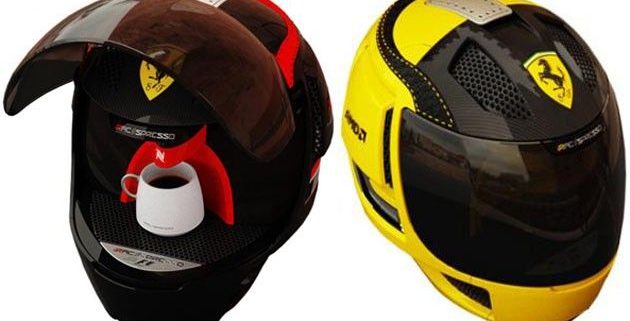CO-BRANDING: HOW BRANDS KEEP STAYING UNIQUE
 Products are no longer what they once were. Co-branding isn’t the newest hit in town; but nowadays it appears to be all around.
Products are no longer what they once were. Co-branding isn’t the newest hit in town; but nowadays it appears to be all around.
The concept of co-branding hit the roof in the autumn of 2004 when Karl Lagerfeld designed a one-off collection for H&M and made his exclusive designs available for the crowd. Soon thereafter, many other collaborations followed within the fashion industry such as Stella McCartney for Adidas or Katie Grand for Hogan.
This new way of collaborating across brands entered a whole new level when we started to see trans-market conjunctions. Fashion brands got influenced by other industries such as sports, food and drinks or entertainment.
We saw David Beckham rolling out his underwear with H&M while Karl Lagerfeld jumped into the soda industry with Coca Cola. In the more premium bubbles industry we saw Swarovski shining together with Möet & Chandon while Pucci mingled with Veuve Cliquot.
In the mobile manufacturing industry, Dolce & Gabbana took a stand with Motorola and Versace for Nokia.
How about the automotive industry? Karl Lagerfeld kicked off a new mainstream collaboration across fashion brands in 2004. But if we take a look back to the 20th century, already in the 1970s, Gucci partnered up with defunct automaker AMC (American Motors Corporation). Armani designed a CLK limited edition for Mercedes-Benz in 2003. And Porsche partnered up with Adidas creating both a shoes and clothing line for the brand while Ferrari focused on sneakers for PUMA. Martini pimped a Porsche 918 racing car and Fendi composed the GranCabrio for Maserati.
What is the tactical objective behind these collaborations, and what implication do they have for the individual brands? Co-branding indicates the departure of brands from the core single-brand strategy. Maybe not always for a pure commercial gain but rather for the sake of branding, product placement and reputation management. However, always and perpetually driven by one single force: the customers’ hunger for uniqueness.
What to watch out for? Improvident co-branding might generate adverse effects on brand image and brand loyalty. Therefore, co-branders better think strategically, with a win-win situation for both parties in mind and never neglect reputation management. These kind of partnerships better be controlled by limited editioning, clear synchronism between the brands and consistent communication. The targeted customers must understand the brands and the connection. If not, the brand equity might not have the increase expected.
So, when to expect my new boxer shorts by… Lamborghini?
Guest author: Gilles Devos @gillesdevos
Gilles is a passionate Epicurean,
with experience in hospitality, sales & marketing.
He likes to devour new trends and explore creative ventures which enables him to live up to his motto: “Don’t follow the trends, create them.”
We Are Cars is the community for a new generation of customer experience in the automotive industry. We Are Cars keep serving the latest news related to classic- and supercars, bringing awareness to car manufacturers’ transformation to a customer satisfaction and experience industry.
We Are Cars is Powered by BARE International, a global leader in customer experience with solid experience in the Automotive industry. Their customized Automotive services have proven track records of delivering performance, improving results for even the most savvy and demanding industry leaders.
BARE International offer paid missions for Evaluators who want to contribute to better customer experiences. Automotive Programmes include visits at dealerships and test-drive. The Evaluator checks the service provided and gives feedback to BARE International.
[maxbutton id=”9″]












